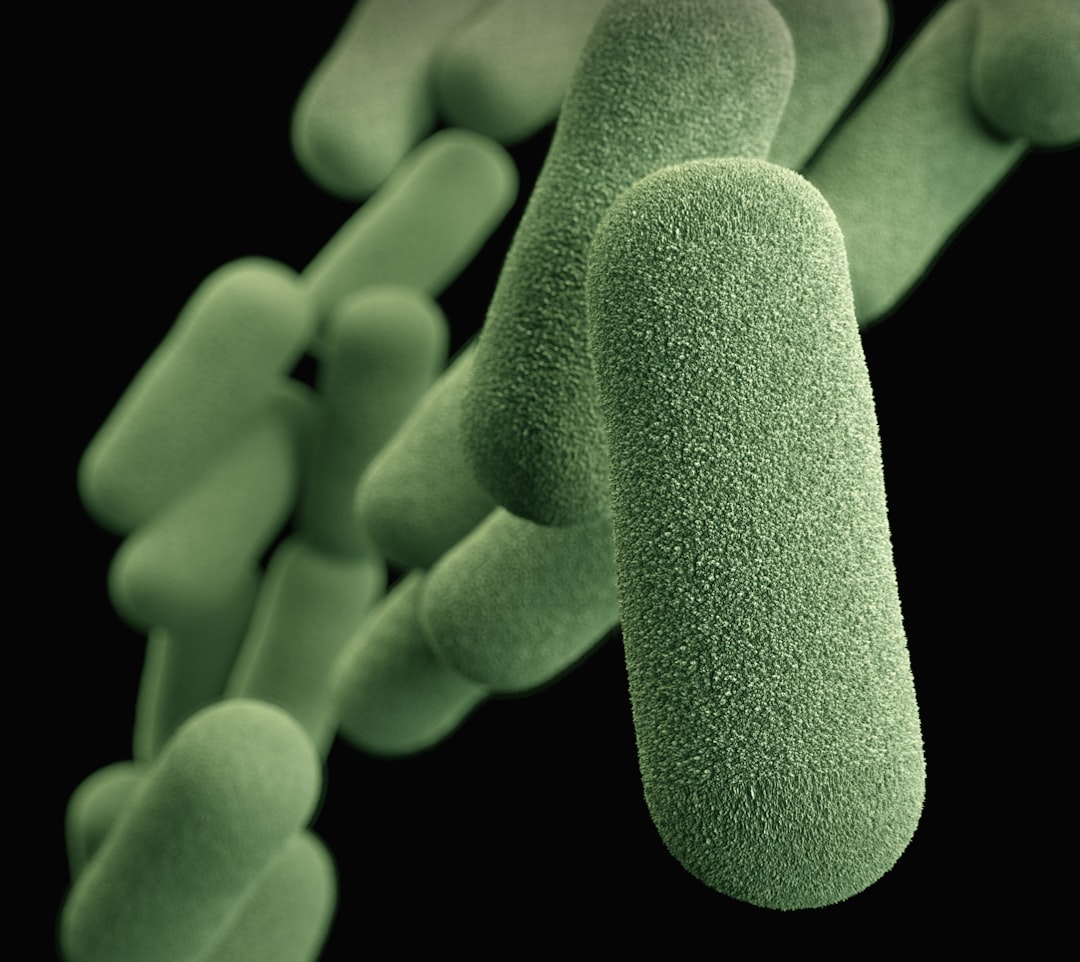What is it about?
Microplastics are emerging contaminants that have been found to accumulate within marine sediments worldwide. Despite recent research into plastic-associated microorganisms in seawater, the microbial colonization of microplastics in benthic habitats has not been studied. Here, we employ a 14-day microcosm experiment to investigate bacterial colonization of low-density polyethylene (LDPE) microplastics within three types of coastal marine sediment (ranging from sand to silt).
Featured Image
Why is it important?
This work demonstrates that bacteria within coastal sediments can rapidly colonize microplastics, with evidence for the successional formation of "plastisphere"-specific bacterial assemblages dominated by Arcobacter and Colwellia spp. These genera have been previously affiliated with hydrocarbon degradation in marine habitats. Our data suggest that recruitment of hydrocarbon-degrading bacteria on microplastics is likely to represent a shared feature between sediments and seawater.
Read the Original
This page is a summary of: Rapid bacterial colonization of low-density polyethylene microplastics in coastal sediment microcosms, BMC Microbiology, September 2014, Springer Science + Business Media,
DOI: 10.1186/s12866-014-0232-4.
You can read the full text:
Resources
Contributors
The following have contributed to this page










